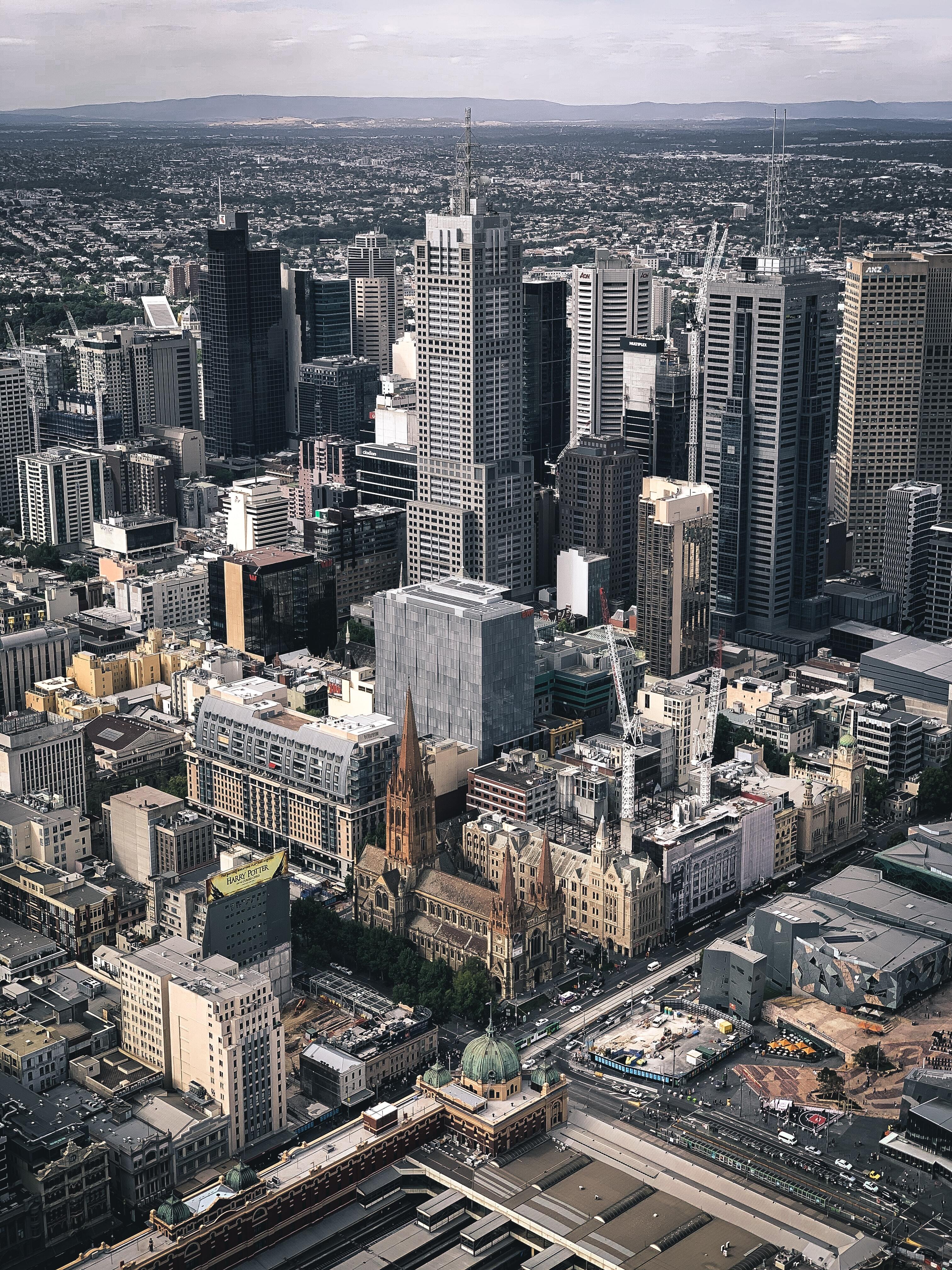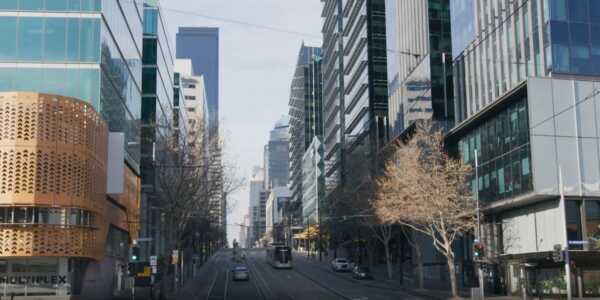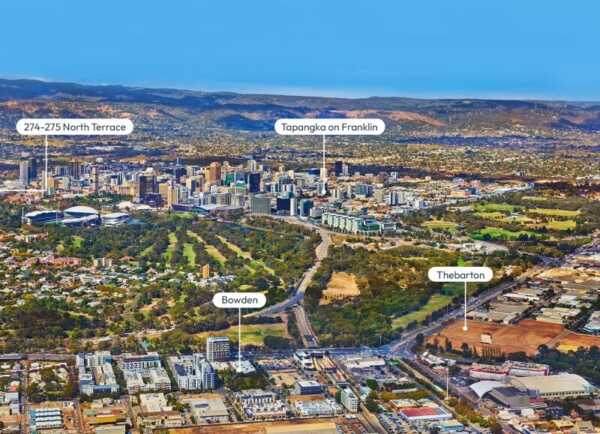EXCLUSIVE
Developers are optimistic about the property market as Australia emerges from COVID but they are not giving any long term predictions and they are warning of danger signs ahead.
Mark Wizel from Advise Transact (A/T), a specialised division of Wizel Property Group, points to geographic pockets of growth in regional areas and outer suburbs, fuelled by the community’s emergence from COVID-19.
“We’re certainly big believers in the regional story,” Wizel said. “Sea change and tree change have really accelerated on the basis that that people have jumped off the treadmill for the first time in a couple of decades and paused to reflect what they really want out of life. A lot of that has also been driven by the fact that the dynamics of the workplace have changed forever.
“I can’t see it going back to a five day work week and I think that is incentivising a lot of people to say if I only have to travel three days a week to work, whether that’s in the CBD, or whether that’s to Glen Waverley or Mulgrave, I only have to commute three days a week and the other two I’ll work from home. Those people don’t necessarily want to live in metropolitan Melbourne.”
He sees the end of COVID triggering growth in residential subdivision, social infrastructure, health care, child care, retail (“Retailers will go wherever the people are”) and industrial.
He foreshadows a booming year for commercial real estate agents, a resurgence of the three and a half to four star hotel market, Melbourne’s CBD returning strongly towards the end of next year and a flat year for Chinese investment in Australian property.
“There is a strong investor appetite for de-risked commercial real estate developments like health care, child care fast food, petrol stations and the like. There is also an appetite out there for smaller riskier deals where you might buy an office building that’s half vacant or you might buy a set of shops which are vacant,” Wizel said
However, these are forecasts for just 2022.
“Whether it’s sustainable or not I’m not sure. If you ask me to give predictions beyond 2022, I’d say I’m probably not as confident,” he said.
Marco Gattino, managing director of Goldfields Group, sees post-COVID investor interest in the Gold Coast and Brisbane markets. He said they will be the most favoured markets over the next couple of years.
“We will see a lot of international investment demand for Brisbane and beyond that, once migration starts to trend in the right direction with international borders becoming more free,” Gattino said.
“It will start to deliver rental growth and price appreciation.”
Danny Avidan, founder and director of the DARE Property Group said the market will continue to be strong particularly at the upper end, regardless of whether interest rates go up next year or not.
He said the uncertainty that comes with speculation of rate rises will not last long as the rises will not be substantial and they are unlikely to affect the premium end or middle market.
“There is a whole lot of media hype about interest rates going up which is creating some uncertainty with purchases but that won’t last long because at the end of the day, even if interest rates go up from the middle of next year, if you are looking at a $1 million mortgage and add 1% to it, its $10,000 and it’s not the end of the world,” Avidan said.
He said there is plenty of investor appetite and demand but many sites coming on to the market now are prohibitively expensive.
“There is a shortage of good sites at reasonable prices,” he said.
He said the ideal pockets of geographic interest for investors and the market are in areas that are in iconic locations with good views and in proximity to a village of shops and facilities. And with houses becoming more expensive, there is growing demand for large demand for large apartments.
“At the middle to premium end of the market, people are looking for good facilities,” he said. “They want a home office, they want outdoor areas, they want an extra powder room and bathroom and house-like facilities in apartments.
“If you are able to provide large apartments in key iconic locations with views and proximity to a village then you are going to be able to do well and sell well.”
Deal Corporation managing director David Kobritz said while the huge amount of liquidity in the market is a positive, the development sites are going for very high prices
.”It’s a pretty dangerous state of play at the moment because on our assessment from what some of these sites have sold for, developers are going to be doing it for very small margins, “Kobritz said.
“At the same time, there is very evident cost pressure in the market place now where prices have increased over the last six months and going forward that situation is likely to exacerbate even further. To our way thinking, we are in a pretty dangerous climate at the moment.
“I wouldn’t be like to be out there trying to buy development sites or be in a pre-sale mode because I think you have very competing interests in terms of cost pressures, land prices have gone up enormously, construction prices are going up and are likely to continue to do so for at least the next 12 months.
“What all that means is the end price for the consumer has to increase. They might be at the top end but the bulk of the market, what I call 95% of the market, is very price conscious, I think that’s going to be hit very hard.”
He said this means consumer demand in the residential space will be limited.
However, he foreshadows big demand in the commercial space.
“Investors, who have got the cash and are sitting on cash not earning a lot, are considering their long term position. They want security of income flow and are out in the market place paying high prices, low yields for well-located and well-leased stock, whether they’re retail or commercial or industrial,” he said.










